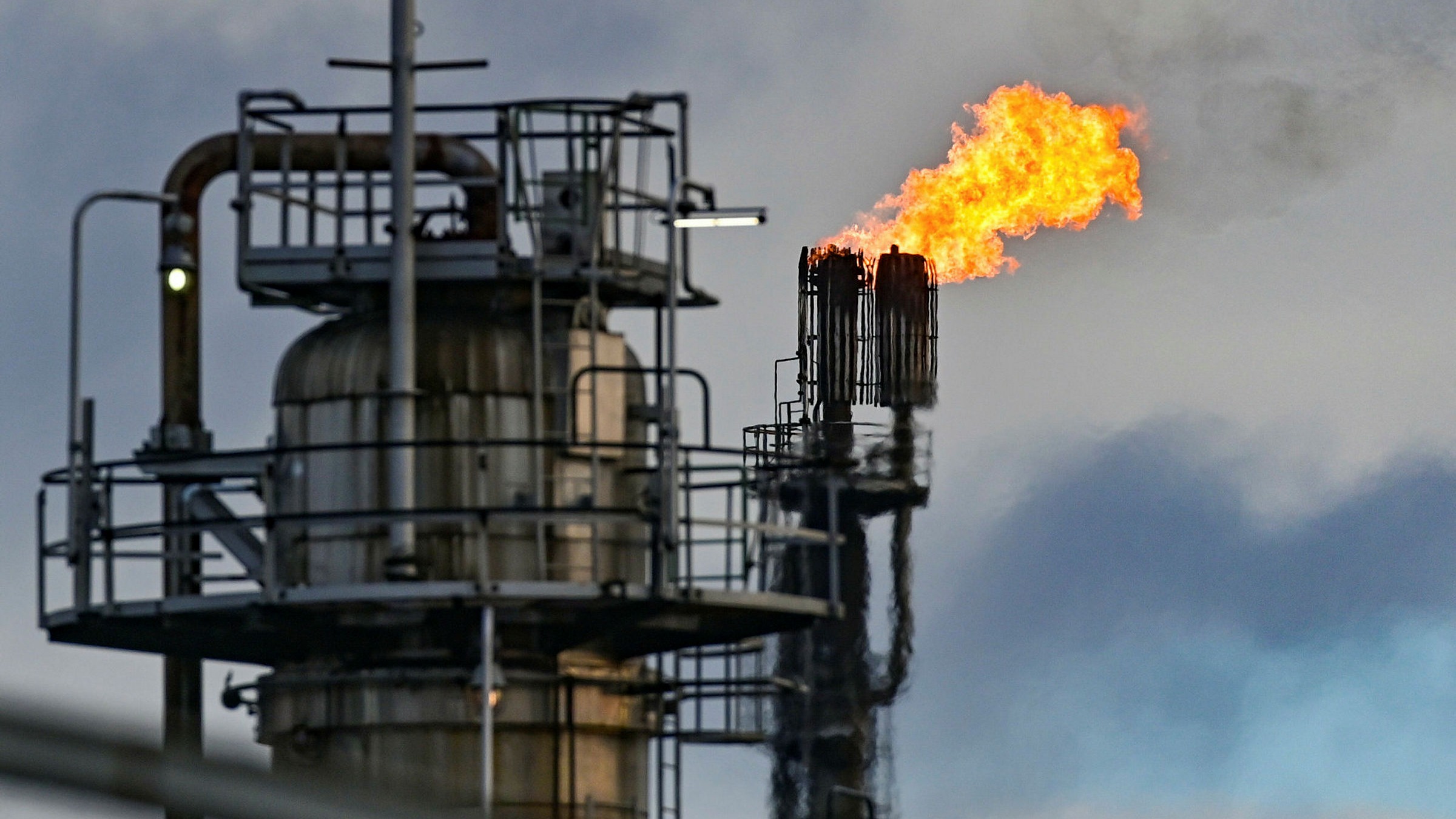Commodities
Oil prices fluctuate under the influence of contradictory factors

World oil prices show mixed dynamics, fluctuating within 0.1%, while investors react to contradictory factors, according to trading data and analyst commentary.
Oil prices have slowed down
The price of June Brent crude oil futures is up 0.01%, to $85 per barrel, while May WTI futures is down 0.02%, to $80.59.
“There could be some volatility in the near term due to the release of U.S. economic data and its impact on the Fed’s monetary policy. Nevertheless, if we see a continued decline in stocks, oil should shrug it off,” Giovanni Staunovo, a commodities analyst at UBS Global Wealth Management.”
This week’s conflicting factors continue to affect the oil market. The U.S. statistics released on Thursday were mixed. Thus, the number of initial jobless claims for the week ended April 1 decreased by 18,000 from the previous week; however, the latter was revised: according to the updated data the number of initial jobless claims during the previous week amounted to 246,000, not 198,000 as it was initially announced.
Meanwhile, the unresolved situation in Iraq, where the disagreement between the Iraqi authorities and Kurdistan Region delays the export of about 450,000 bpd that used to go to the Turkish port of Ceyhan, and the decision of the OPEC+ Ministerial Committee to make an additional voluntary cut of 1.66 million bpd until the end of 2023, remain relevant to reducing oil supply on the market.
Also Thursday evening, data from U.S. oil services company Baker Hughes on the number of active oil rigs in the U.S. was released. The number dropped by two to 590 units in the week to April 6.
Earlier we reported that gold rose to a one-year high.
Commodities
Oil prices rise; U.S. crude inventories plunge, Russia-Ukraine truce eyed
Commodities
India’s Reliance to stop buying Venezuelan oil over US tariffs, sources say
Commodities
Oil prices climb on Venezuela supply worries

 Forex3 years ago
Forex3 years agoForex Today: the dollar is gaining strength amid gloomy sentiment at the start of the Fed’s week

 Forex3 years ago
Forex3 years agoUnbiased review of Pocket Option broker

 Forex3 years ago
Forex3 years agoDollar to pound sterling exchange rate today: Pound plummeted to its lowest since 1985

 Forex3 years ago
Forex3 years agoHow is the Australian dollar doing today?

 Cryptocurrency3 years ago
Cryptocurrency3 years agoWhat happened in the crypto market – current events today

 World3 years ago
World3 years agoWhy are modern video games an art form?

 Commodities3 years ago
Commodities3 years agoCopper continues to fall in price on expectations of lower demand in China

 Economy3 years ago
Economy3 years agoCrude oil tankers double in price due to EU anti-Russian sanctions























